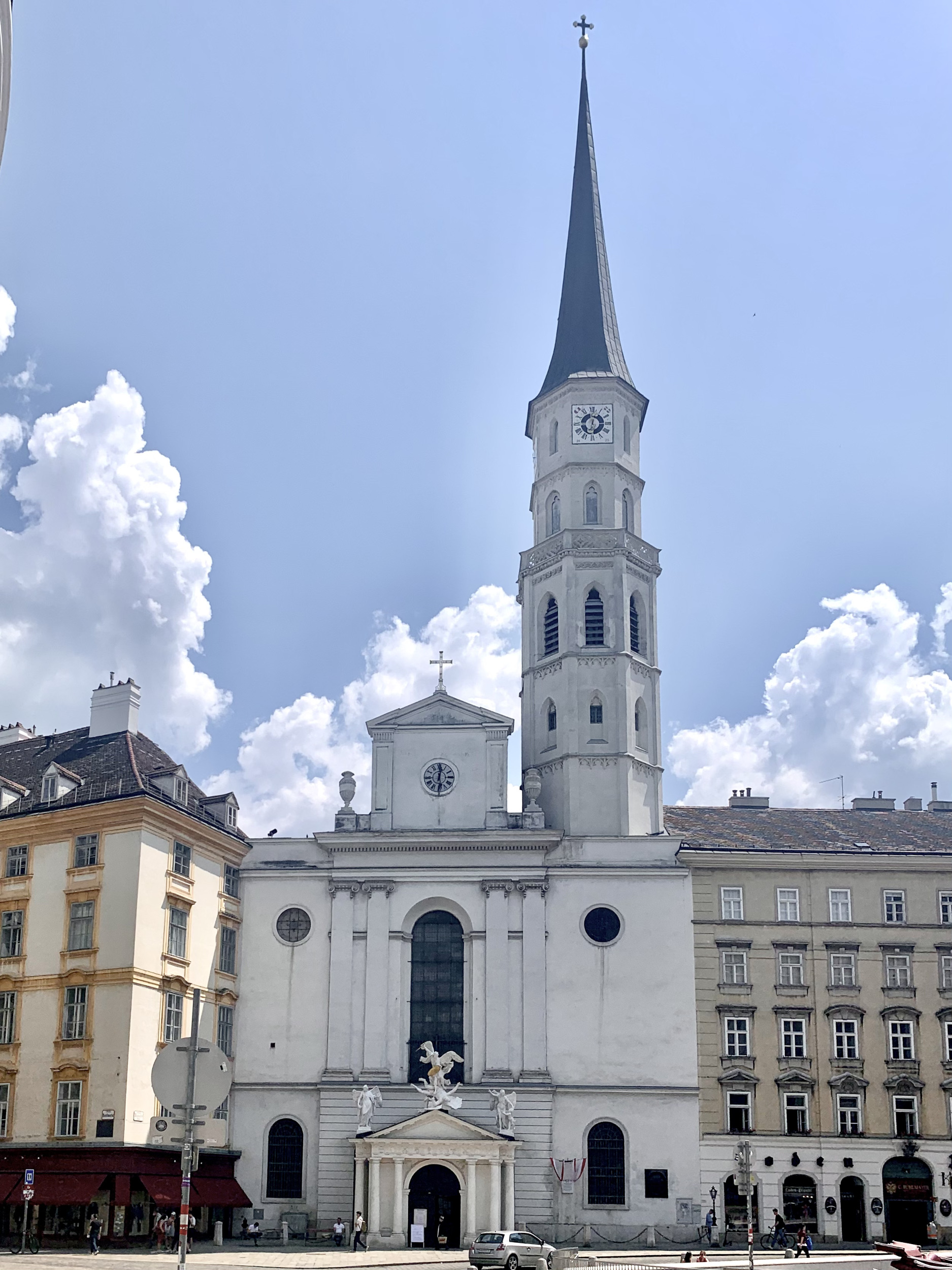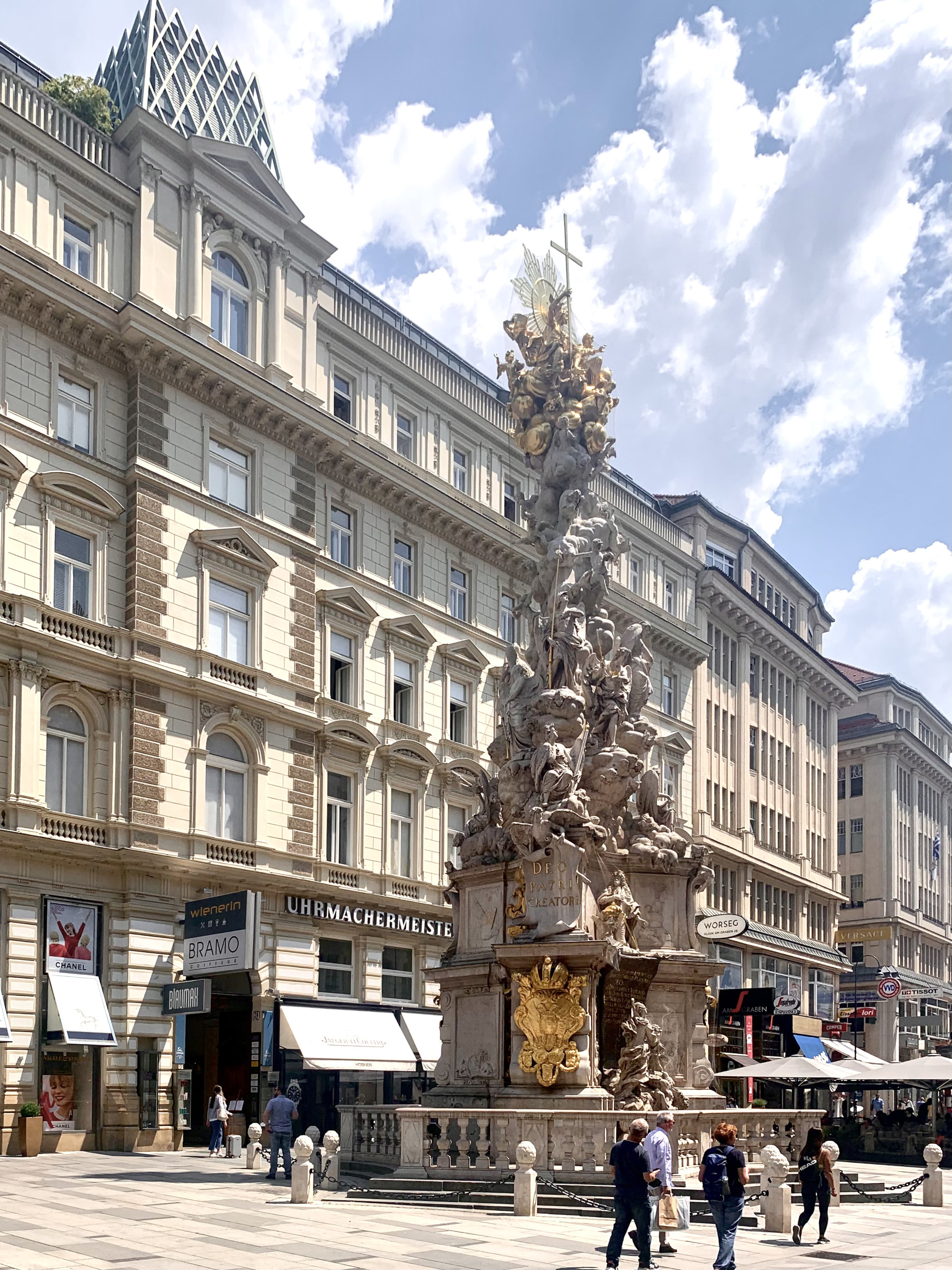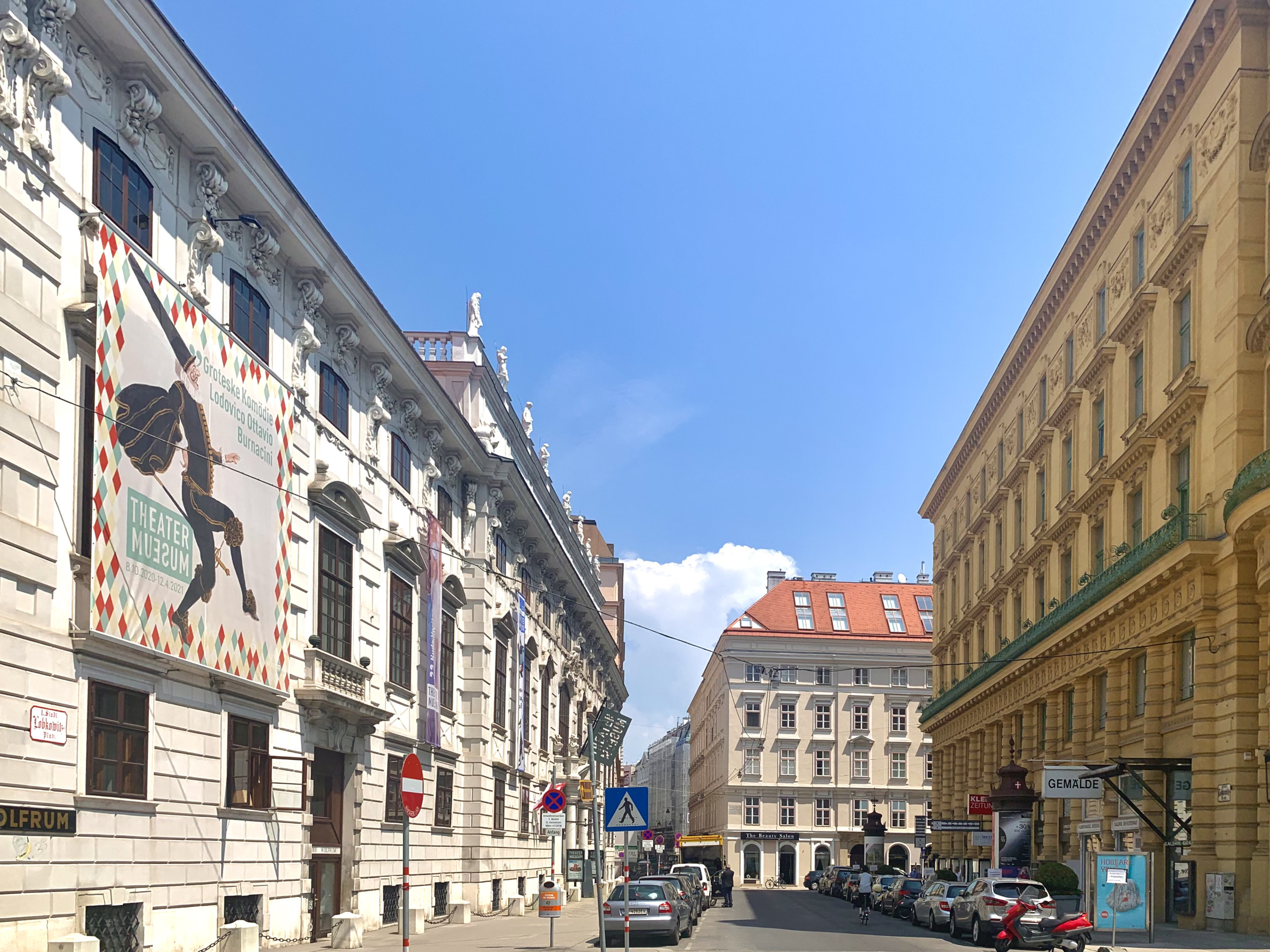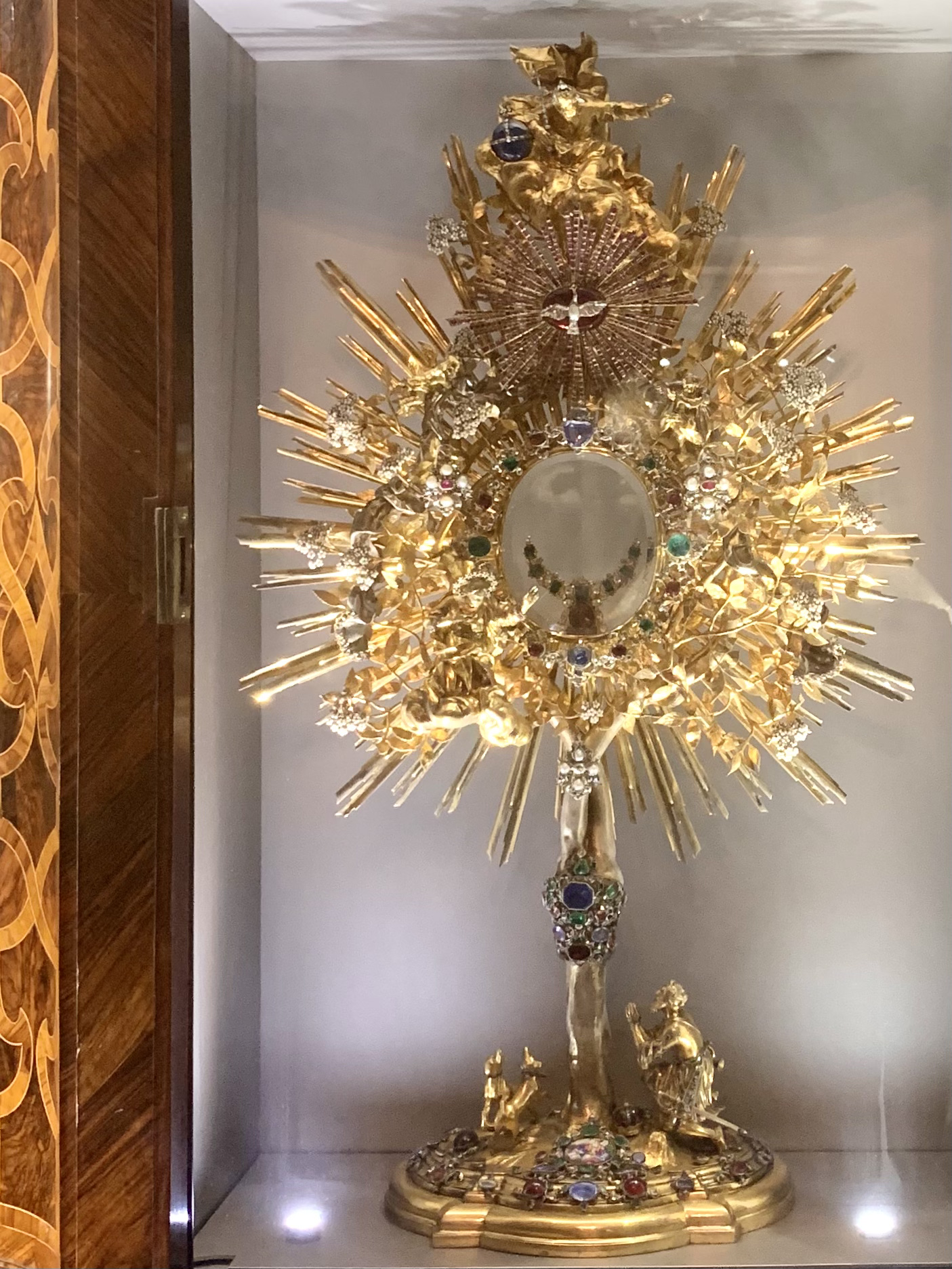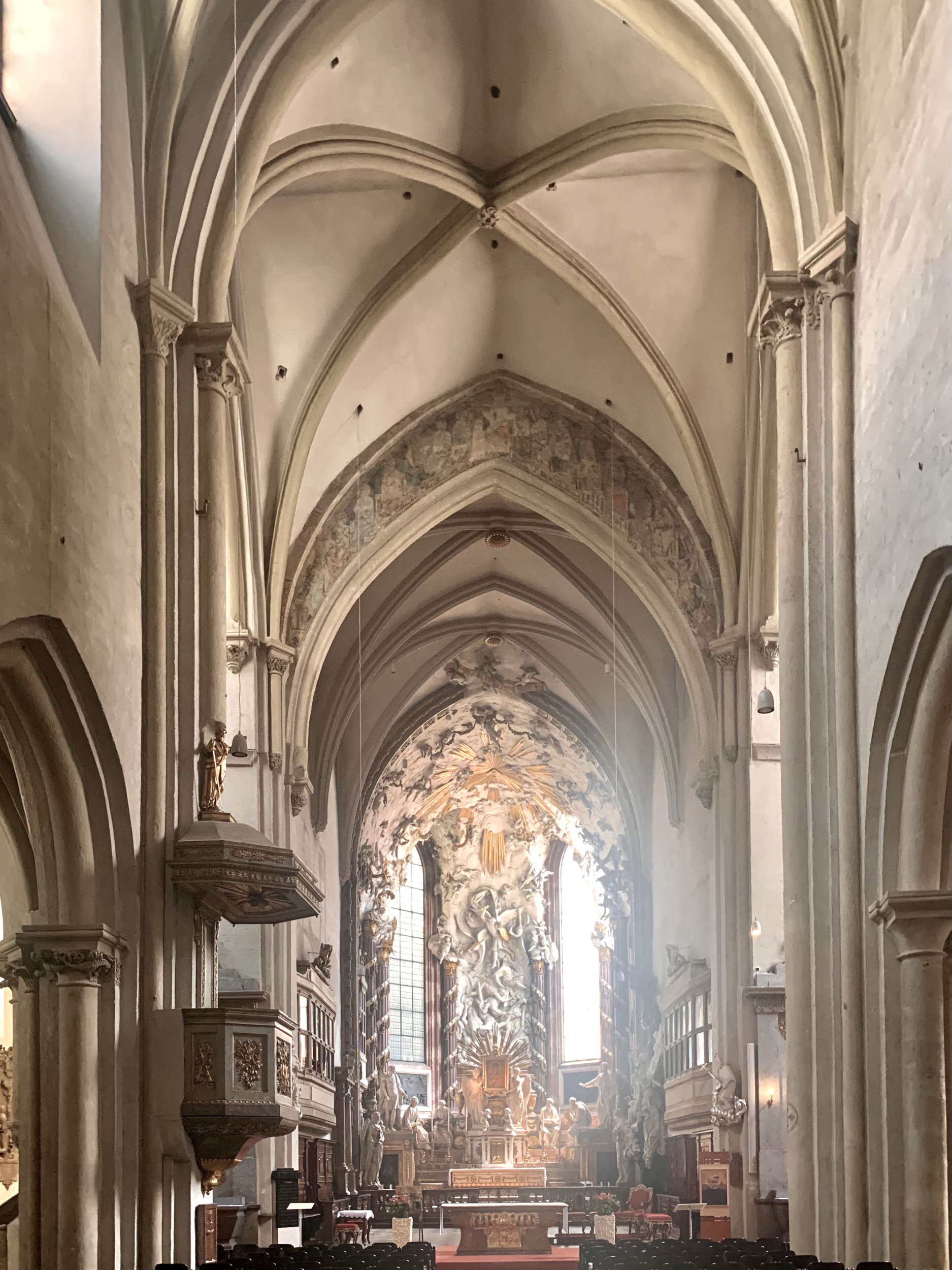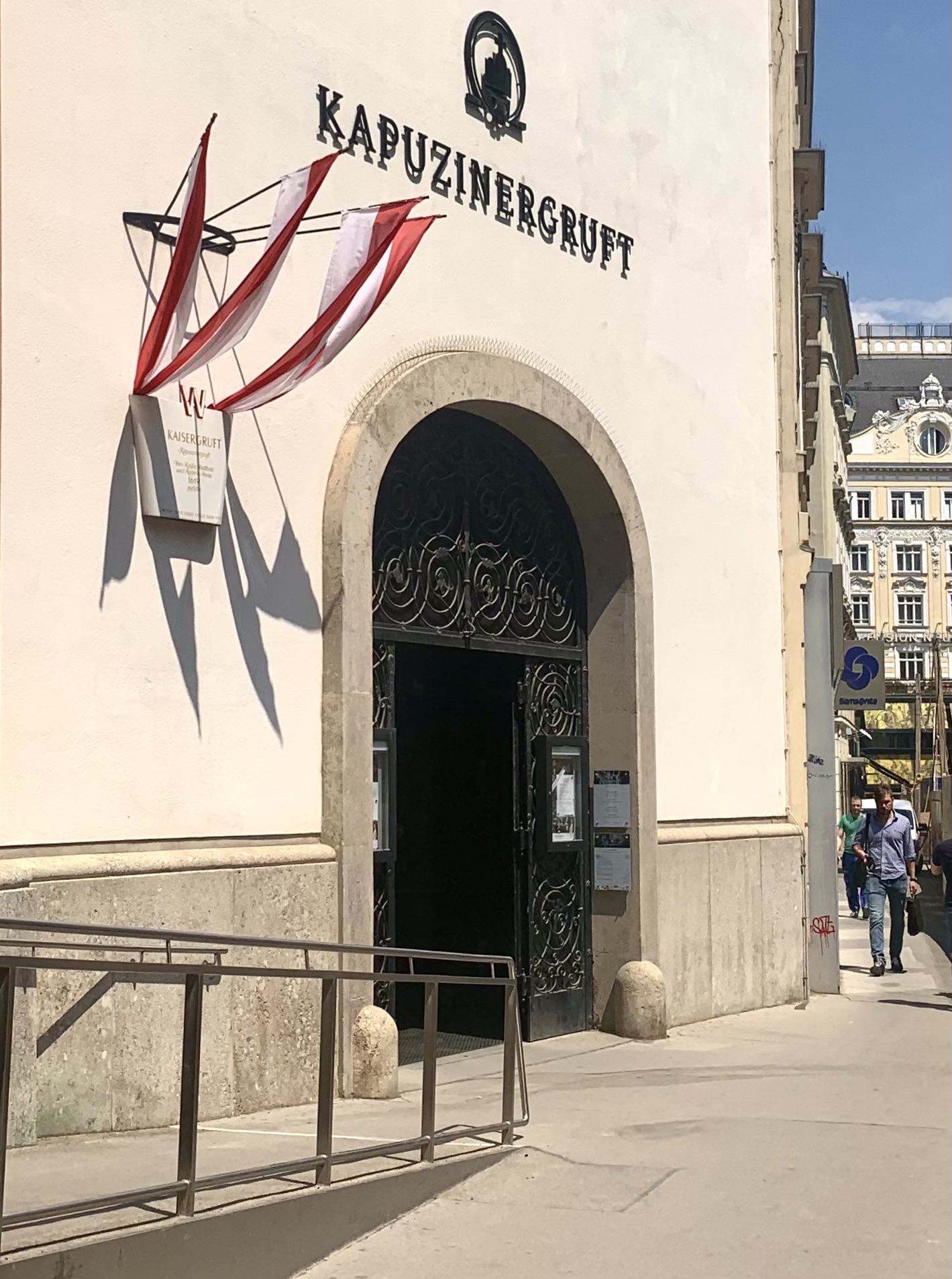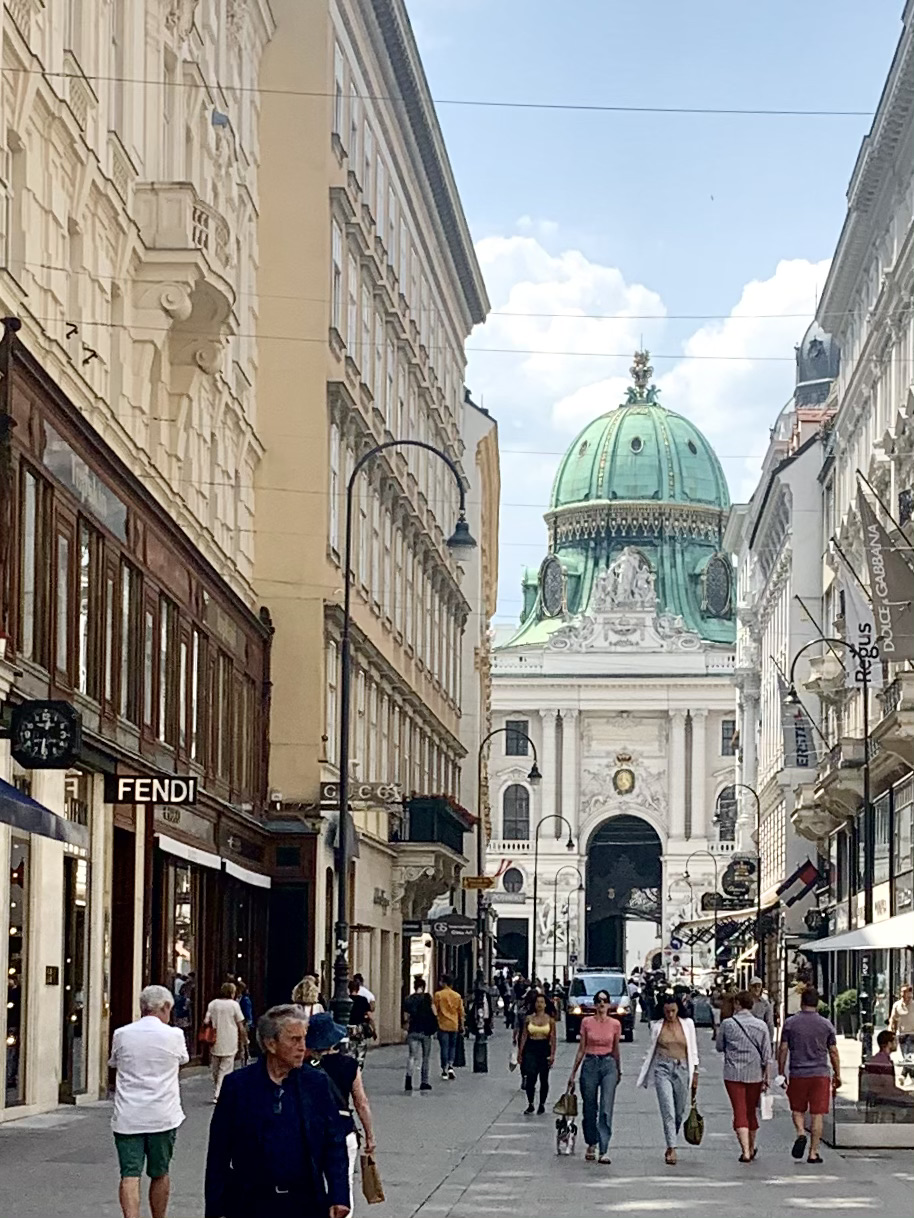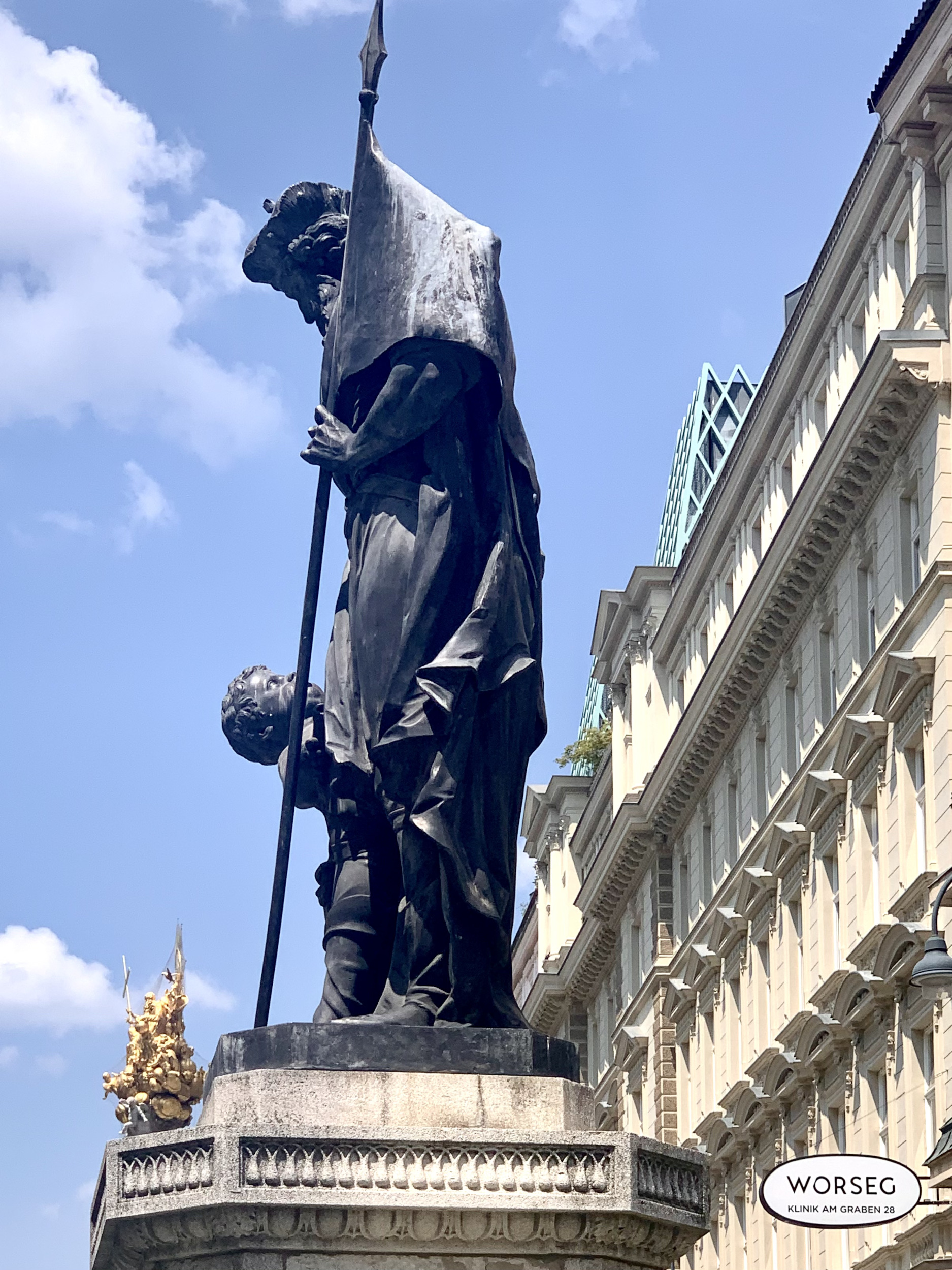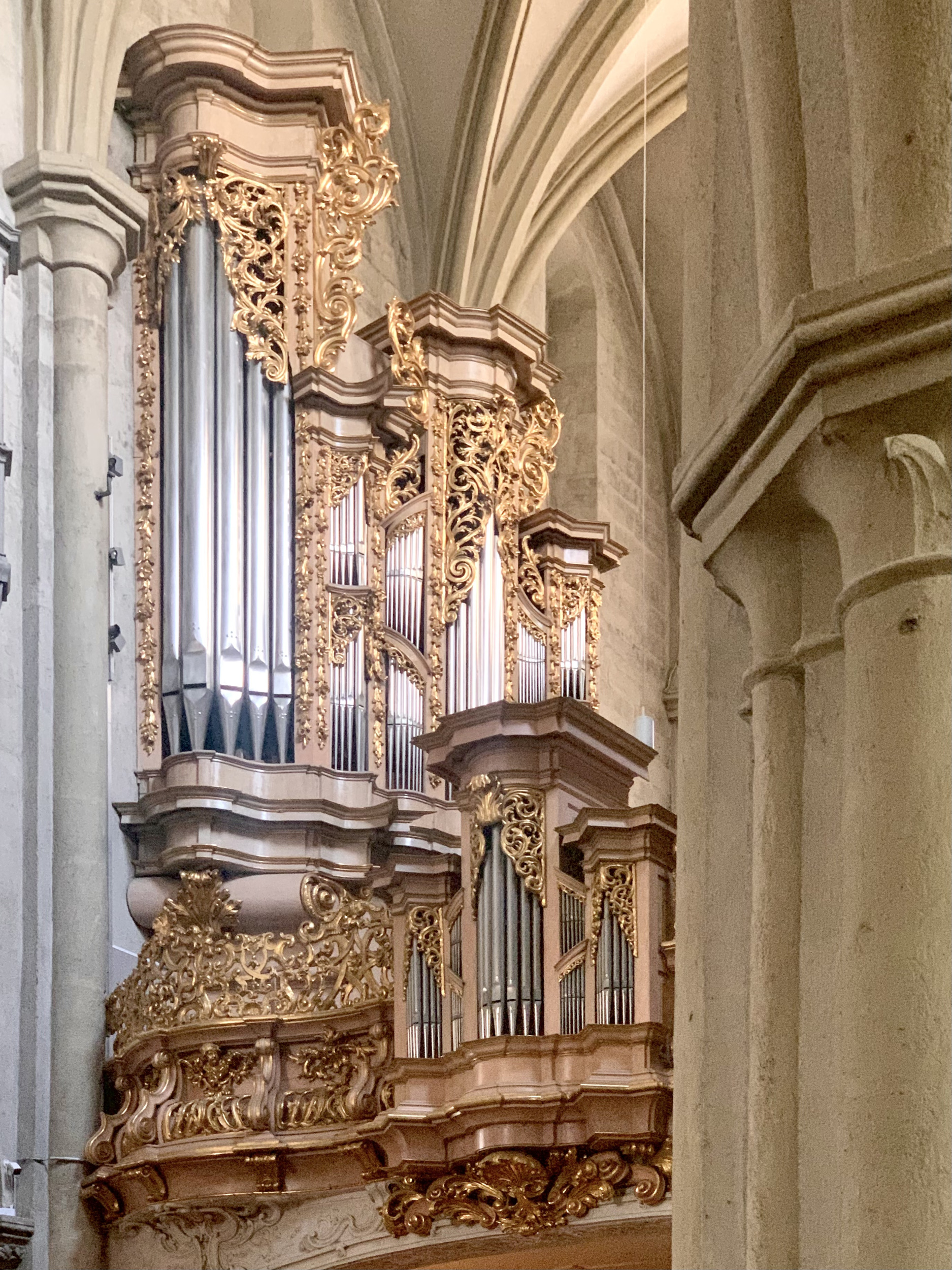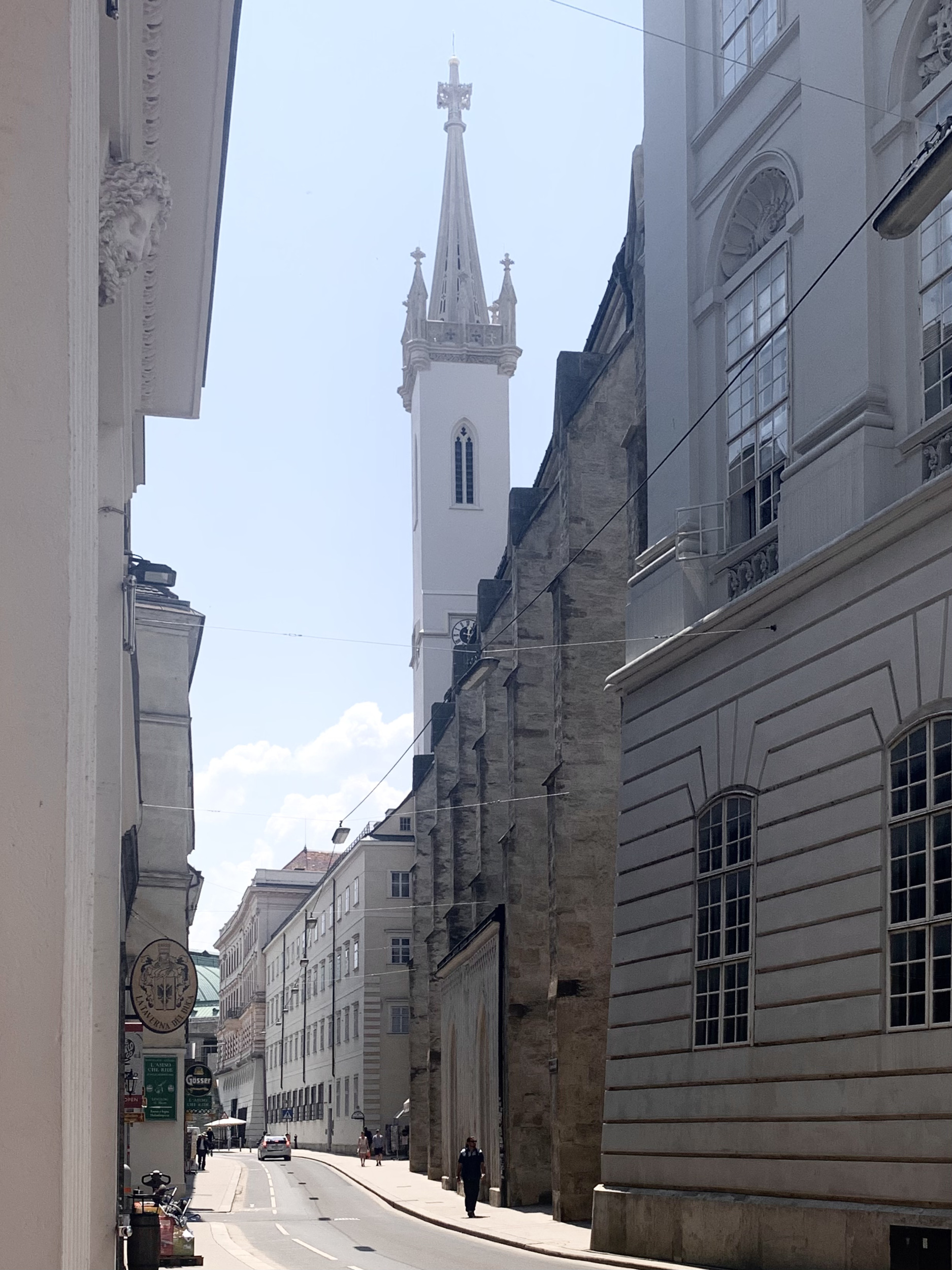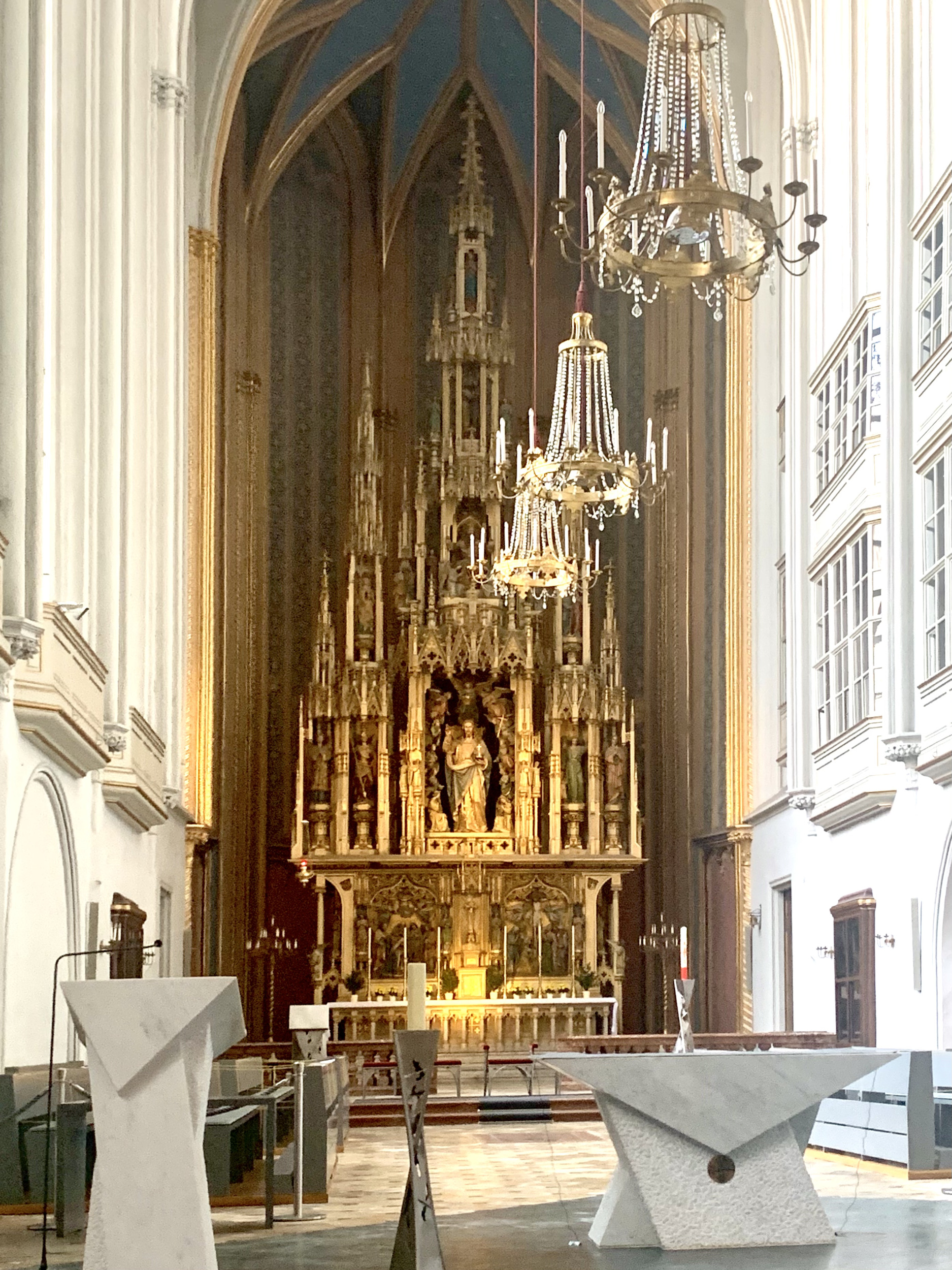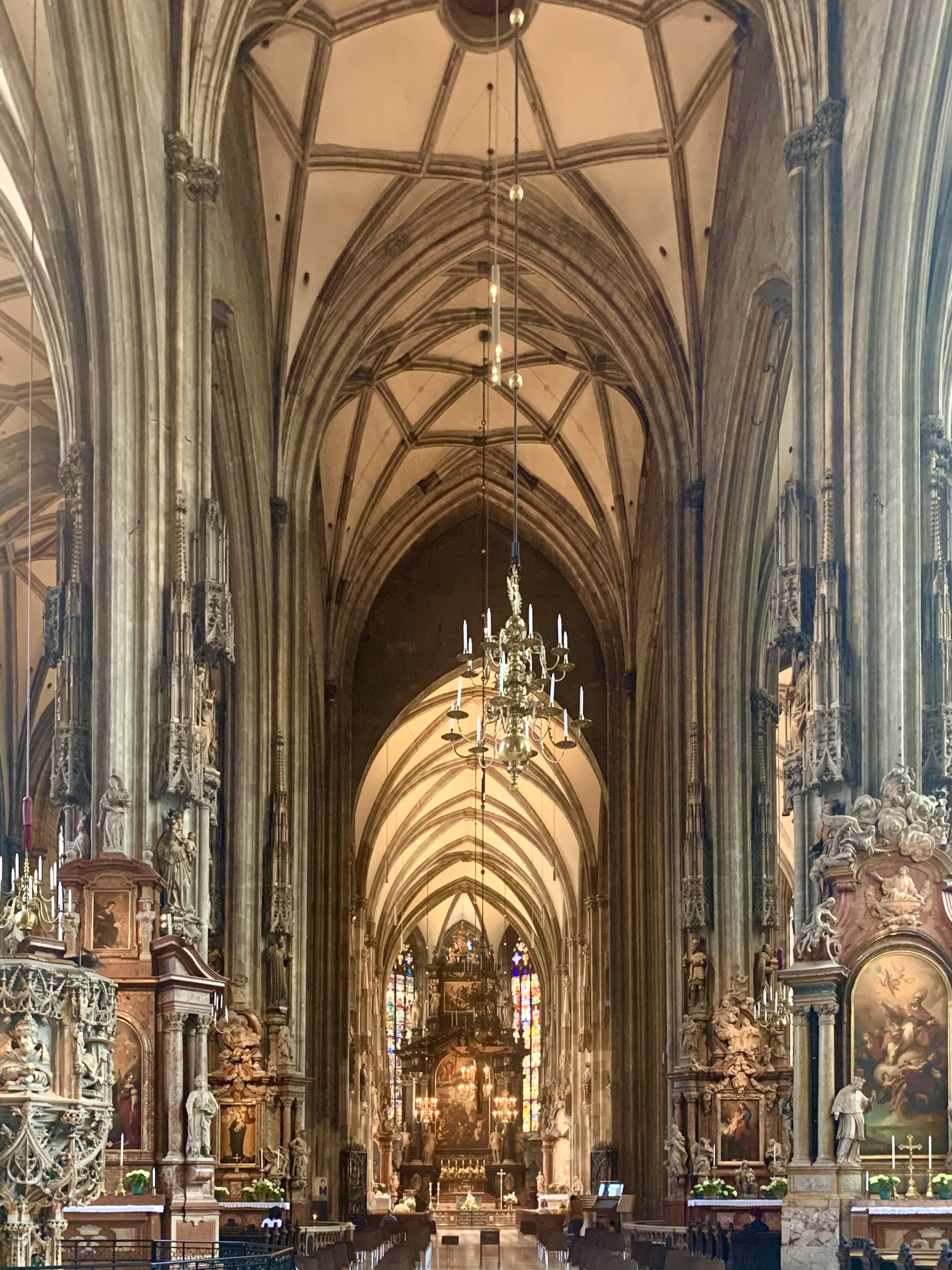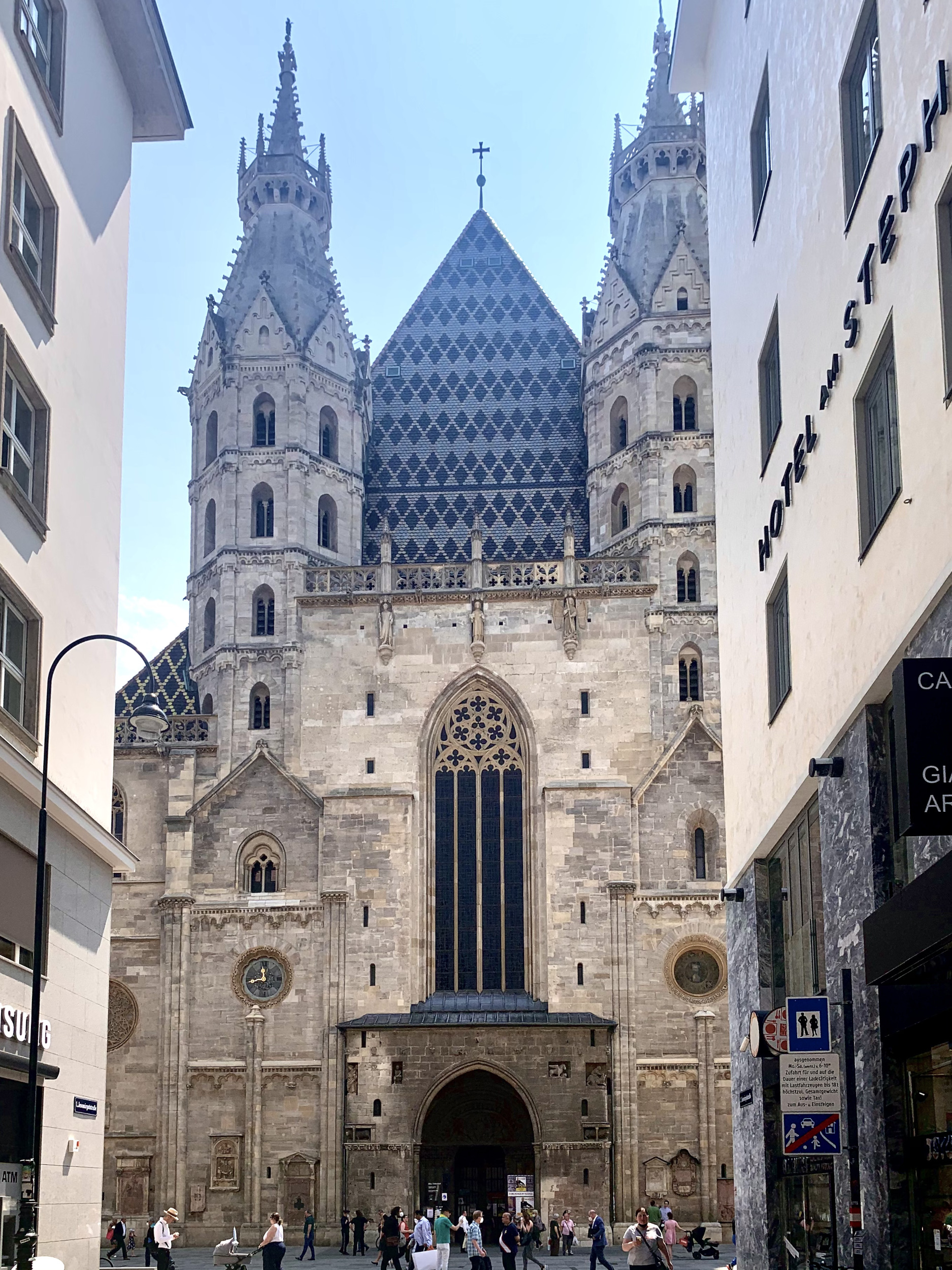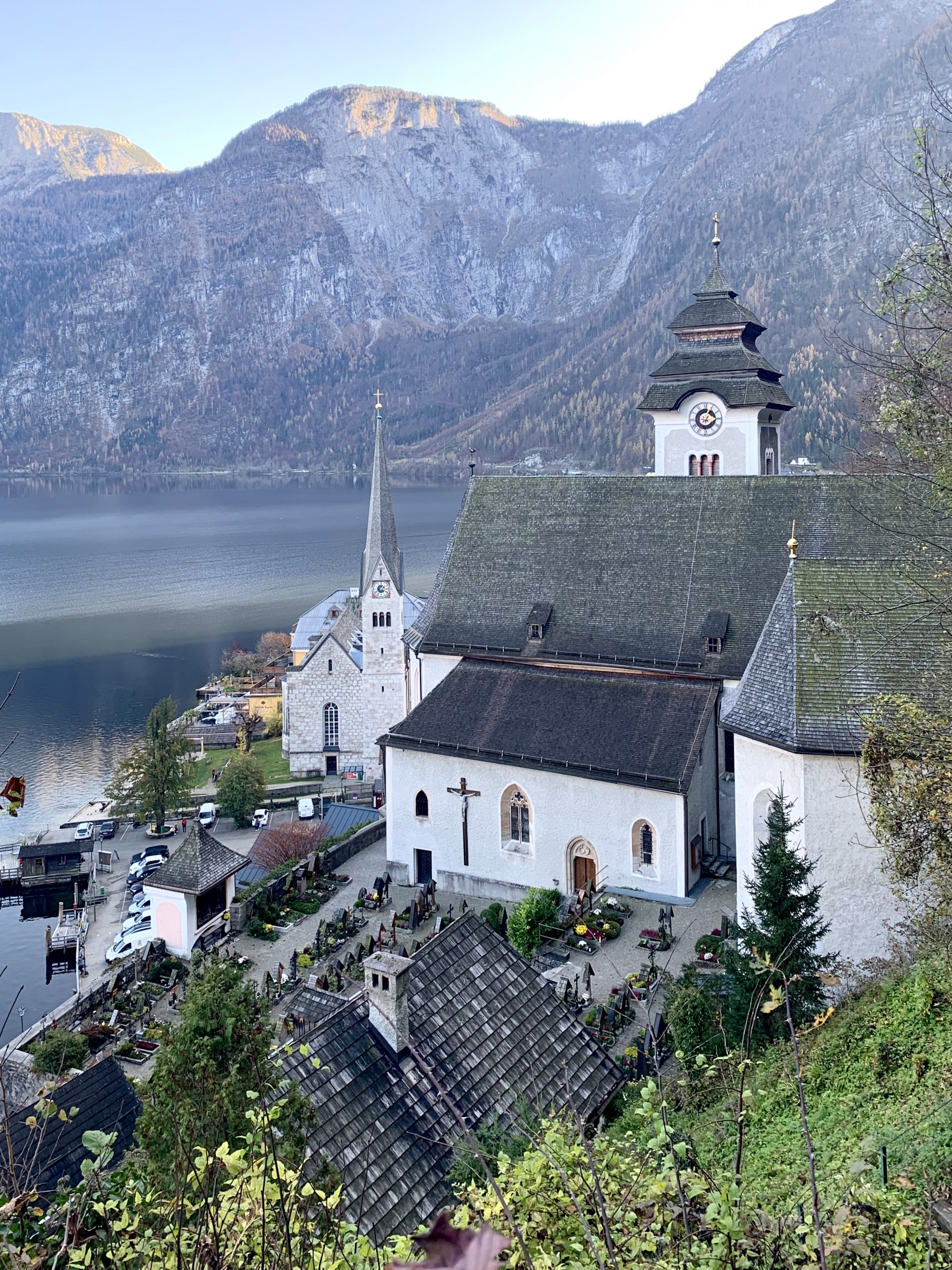What was Corpus Christi like in Austria?
Corpus Christi goes back to a vision, which often referred to the sacrament of the altar, of the Belgian nun Juliana von Liège, known for her pious way of life, who was able to remain for days in silent adoration in front of the consecrated host.
Juliana came early as an orphan to the Lüttich leper hospital, Mont Cornillon, which was looked after by the Augustinian women. In 1206 she entered this monastery, became prioress in 1222 and superior of the female part of Mont Cornillon Abbey in 1230. A vision of a moon, which was darkened in one place, was interpreted by her as an indication of Christ that the church lacks a festival for the special veneration of the sacrament of the altar. In 1869 Juliana was canonized. Her feast day is April 5th.
At the suggestion of St. Juliana von Liège, the Walloon clergyman Robert de Thourotte, Bishop of Liège, ordered the feast of Corpus Christi in 1246 for the special veneration of the sacrament of the altar with the pastoral letter Inter alia mira for his diocese. In the following year the Dominicans of St. Martin in Liège celebrated the feast of Corpus Christi, the „solemnity of the body and blood of Christ“, the body of the Lord was to be especially venerated, for the first time.
The german word for corpus christi is Fronleichnam where Fron stands for ‘unpaid work of serf and servant peasants for the landlord or landlord in feudalism’. Middle High German „vrōn (e)“, that language level of German that was spoken between 1050 and 1350 in Upper and Central Germany, is a substantiation of the Middle High German adjective „vrōn“ ‚which refers to the, spiritual or secular, gentleman that belongs to him, holy‘.
The religious-christian use of the adjective is preserved in Corpus Christi. It is called ‘the body of the Lord, the body of Jesus Christ’, from Middle High German vrōnlīcham, vrōnlīchname, according to Middle High German vrōne līcham.
„Corpus Christi“, in: Wolfgang Pfeifer et al., Etymological Dictionary of German (1993), digitized and revised by Wolfgang Pfeifer version in the Digital Dictionary of the German Language, accessed on May 31, 2021.
Pope Urban IV, formerly Archdeacon of Liège, published the bull „Transiturus de mundo“ in 1264, which introduced Corpus Christi as a feast that was to be celebrated throughout the Church and placed on an equal footing with the highest church feasts. Because of Urban’s death in 1264, the order was only accepted in most countries after its confirmation by Pope Clement V at the 15th General Council of the Roman Catholic Church from 1311 to 1312 in Vienne, in southern France on the Rhône, that was convened at the urging of Philip IV, the King of France. The aim of the introduction of a feast by papal authority was the adoring adoration of Christ present in the sacrament.
A precious monstrance, a display device decorated with gold and precious stones with a window area in which a consecrated host is shown, formed the ritual focus of a Corpus Christi procession. According to the belief of the Roman Catholic Church, the host consecrated in the change of Holy Mass before the procession is the body of Christ.
The procession slowly developed towards the monstrance accompanied by a priest, crowned with a canopy, usually carried by secular dignitaries. The first Corpus Christi processions were held between 1264 and 1268 in St. Gereon, a large Romanesque collegiate church in Cologne, and in 1301 in the abbey church of the Benedictine abbey of St. Godehard in Hildesheim.
At the beginning of the procession, children scattering flowers and acolytes announced the coming of the sacrament. Then, as a rule, various groups of clergy followed, followed by craft guilds and brotherhoods with candles and flags.
The “Venerabile”, the holy of holies, the consecrated host, held by the highest spiritual dignitary and kept in the monstrance, followed. Immediately after the holy of holies, the highest ranks in the city followed and then, in descending hierarchy, proportional to the distance from the monstrance, always lower ranked.
Processions can be interpreted as rituals, as collective actions, the sequence of which is fixed and which carry symbolic meaning. Rule, hierarchy and social order within cities were visualized and learned with the help of processions.
Martin Luther, Augustinian monk and professor of theology and one of the initiators of the Reformation, criticized the outward appearance of the piety of the processions. He lacked the basic biblical rules. As a result, from the 1520s onwards, processionists were ridiculed and processions were discredited as „bread“ transfers. The rooms crossed by the processional participants increasingly became places of public conflicts during the Reformation period.
Rule, hierarchy and social order within cities were visualized and learned with the help of processions. When the majority situation was unfavorable for the Catholics, they tried to avoid power struggles by restricting the public. Melk Abbey, for example, held its procession behind closed gates inside the monastery in 1578 for fear of escalation of violence. In 1549 a Franconian baker’s servant snatched the monstrance from the priest during the Corpus Christi procession on the Graben in Vienna, trampled the venerable. He was sentenced to death for it.
The pressure on the citizens to take part in the Corpus Christi procession increased again at the beginning of the 17th century. The forced internalization of Catholic remedies became one of the constitutive factors in the structure of society. After the victory of the Counter Reformation in the Austrian hereditary lands, the propagation of pilgrimages and processionalism, guided by measures taken by the authorities, spread. The imperial family and the Habsburg sovereign princes were involved in the worship of the Eucharist. Emperor Charles V. demonstratively took part in the Augsburg Corpus Christi procession on foot at the Reichstag of 1530.
A much-cited legend says that the Habsburg ruler Rudolf I met a priest who brought the host for the Sacrament of the Supreme Anointing to a sick person. As a sign of his humility before the Lord’s Supper, Rudolf is said to have given the priest his horse and accompanied him on foot. This was a very popular motif and found a number of imitators in the dynasty. It is said that several Habsburgs humbly knelt in front of the host in the monstrance or accompanied the priest on foot and with bare heads.
The celebration of the Eucharist was one of the most elementary forms of expression of Catholicism and was consciously cultivated at the Viennese court at the time of the church division as a sign of loyalty to the Roman Church. Thus, in times of extraordinary danger, the emperor ordered that the Holy Sacrament should be offered for worship in precious and ornate monstrances on church altars in order to seek divine help.
The procession was led by three priests, followed by a delegation of court officials. After them came the court clerics in full canon, then the court and the state dignitaries in full court clothing, including the privy councilors and ministers in order of rank, followed by the archdukes.
The canopy was carried by four noble chamberlains and held over the Hofburg priest, who held up the monstrance with the host. Immediately behind it the emperor strode with his head bared. He was accompanied by the Obersthofmeister (head of the court house) and flanked by his guard officers.
The final point of the procession was recorded by the ladies-in-waiting, led by the empress and other female members of the family, followed by the ladies-in-waiting, the wives of the highest court dignitaries. The Corpus Christi procession remained the most conspicuous sign of the court’s institutionalized piety until the end of the monarchy. This public demonstration was a clear statement that Catholicism remained the state religion for the House of Habsburg.
The courtly representative „Pietas Austriaca“ sought to tie in with the worship of the Eucharist by Rudolf von Habsburg through the creation of legends. In addition to the forty-hour prayers and the sacraments based on the Spanish model, Corpus Christi processions in particular contributed to the renewal of Catholic life in public. The ruler accompanied the publicly visible monstrance and the clergy carrying the host.
The Corpus Christi procession of the court was celebrated together with the knights of the Golden Fleece, dressed in splendid red velvet, as the so-called „Toison Festival“ of the court together with the bourgeois town.
As a result, the Corpus Christi procession was increasingly appropriated by the Habsburgs and in the course of the 17th century the Corpus Christi feast developed into a comprehensive anti-reformatory representation of the Catholic faith. The Corpus Christi procession on June 10, 1630 in Steyr overshadowed everything previously.
The most prominent participant in this procession was the emperor himself, who stopped in Steyr on the way to the Regensburg Electoral Day. This procession symbolized the denominational alliance between empire and church and at the same time seemed to herald the imminent victory of the imperial arms in the Thirty Years‘ War.
The presence of Ferdinand II, Holy Roman Emperor, his wife Eleonora von Gonzaga and the future Emperor Ferdinand III. as well as the court music and the entire court state during the great „dealing“ of 1630 prove the effective publicity, counter-Reformation staging of orthodoxy and illustrate the interaction of the imperial court, council and commune of Steyr.
The procession in Steyr had a stabilizing effect on rule and emphasized the successfully implemented Counter-Reformation. Processions, understood as spiritual court festivals, should impress with their optical opulence and contribute to the visualization of faith. Since the Council of Trent (1545-1563), which approved the procession and recommended the procession on Corpus Christi as a public confession of the Catholic faith in the real presence of Christ in the Holy Sacrament, processions have been an important rite of differentiation vis-à-vis Protestants.
The strict hierarchical order of church and state in the sense of denominationalization should be demonstrated to Protestantism through processions, which were strongly supported by Jesuits. Processions helped discipline the visual transmission of complex counter-Reformation beliefs such as transubstantiation and the real existence of Christ in the body. The power of the images penetrated directly into the mental potency of the people.
How did the procession in the church come about to the procession through Vienna?
In 1334 Heinrich von Luzern, the pastor of St. Stephan, who held a canonical in Constance before his activity in St. Stephan, donated a „Divine Corpus Christi altar“ for the choir of St. Stephan and ordered an annual mass including a procession within the church.
In 1363 the Habsburg Rudolf IV decided to move to the city publicly. The holy of holies was to be carried through the streets of Vienna with ecclesiastical and profane pomp. Rudolf IV. was Duke of Austria and Styria, Carinthia and Carniola and Count of Tyrol. He came to Vienna in 1358 at the age of 18 to succeed his late father, Duke Albrechts II. Rudolf IV had arranged for the expansion of St. Stephen’s Church in Vienna, for which he laid the foundation stone for the southern high tower and the Gothic extension of the church on April 7, 1359.
The procession path leads from Stephansplatz via Kärntnerstraße, Führichgasse and Augustinerstraße to the Augustinerkirche with a stop at Josefsplatz. The procession leads over Michaelerplatz and Kohlmarkt to the Trinity Column on Graben and back to Stephansplatz. Along the processional route through Vienna, four outdoor altars were set up where the Gospel was read, the blessing was given and a volley was shot.
The Nobel procession took place with the participation of the emperor, the court and the dignitaries, celebrated by the archbishop, accompanied by troops with music playing.
Source
Catholics "take to the streets" on Corpus Christi.
At Corpus Christi, Catholics take to the streets and if the street is a waterway, then in Upper Austria you go on the water of Lake Hallstatt and Lake Traunsee. The road to Hallstatt was only built in 1875. In 1623 the Corpus Christi procession was held for the first time in Hallstatt on the lake. After the road was built, this custom has continued to this day and is now a tourist highlight.
The Traunsee riverside road between Ebensee and Traunkirchen was completed in 1861. Anyone wishing to travel from Gmunden to Ebensee before 1861 had to take the steamboat, which crossed the Traunsee three times a week, or walk over the mountains. The lake procession on Corpus Christi in Traunkirchen was introduced by the Jesuits in 1632. In 1622 Emperor Ferdinand II handed over the monastery in Traunkichen to the Jesuit college in Passau. (Source: Anneliese Ratzenböck and Andrea Euler, Durchs Leben – durchs Jahr, Aktuelle Bräuche in Oberösterreich, Trauner Verlag 2008, Seite 84).
In Traunkirchen, the lake procession is maintained like in Hallstatt and is very popular with Upper Austrians and their guests.

